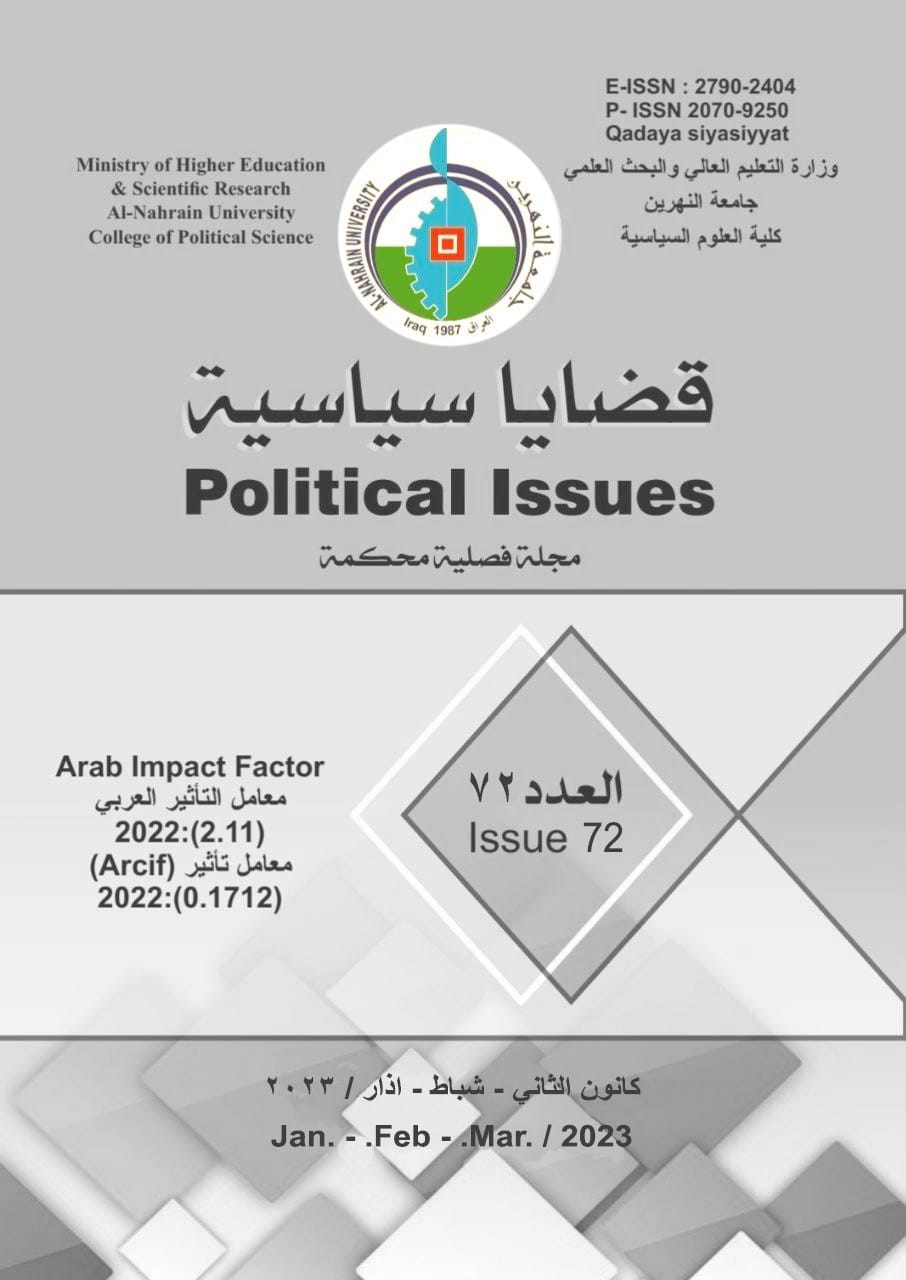Common European Economic Policy Challenges Under the New International Order
DOI:
https://doi.org/10.58298/2023338Keywords:
European Union, Common policies, economic challenges, international systemAbstract
The research addresses the issue of the common European policies that were able to achieve success on the economic and financial levels, and were able to build an important economic power. Yet their success does not mean that these policies are capable of facing various internal or external challenges, and others related to the expansion of the European Union countries, which may increase those challenges because the policies of the new members might differ from the policies of the existing members which have been agreed upon.
The common European policies adopted by the European Union have proven that they have positive and beneficial economic effects and have great weight at the international level that could not be underestimated, despite the limitations and obstacles they encountered in the beginning. Therefore, the member states of the European Union seek to strengthen the ties between members to achieve economic and even political and security integration, and then unify these areas within common policies in which each member will participate .
The importance of the research lies in studying the development of the economic path of the European Union, which has become an important center of international transactions, especially economic ones, which helps us to understand how the European Union was able to develop its economic capabilities and overcome the deficit that occurred in the European budget, which caused a lot of confusion in European financial issues. The research covers two parts , the first being the internal and external challenges facing the common European policies , and the second one examines the reality of European economic policies and their challenges. Further, this paper includes a summary of the most important findings of the research.
Additional Files
Published
Issue
Section
License

This work is licensed under a Creative Commons Attribution 4.0 International License.
This is an Open Access article distributed under the terms of the creative commons attribution (CC BY) 4.0 international license which permits unrestricted use, distribution, and reproduction in any medium or format, and to alter, transform, or build upon the material, including for commercial use, providing the original author is credited.






